Israeli team develops decoupled PEC water-splitting system for centralized production of H2
Green Car Congress
JANUARY 2, 2020
Researchers in Israel have designed a separate-cell photoelectrochemical (PEC) water-splitting system with decoupled hydrogen and oxygen cells for centralized hydrogen production. A paper describing their system is publishedin the journal Joule. The hydrogen cell contains the cathode, and it is physically separated from the oxygen cell.

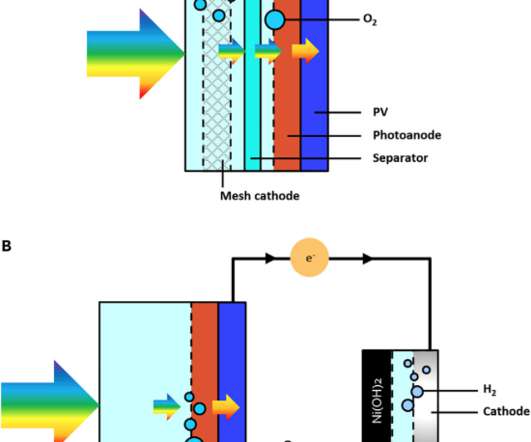

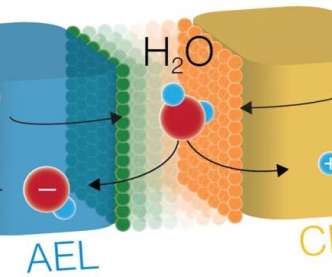
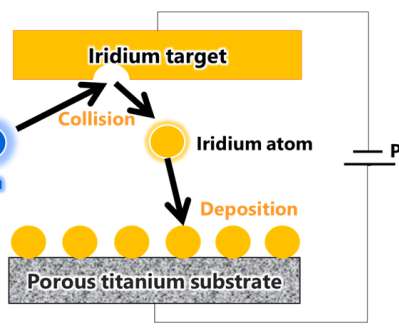
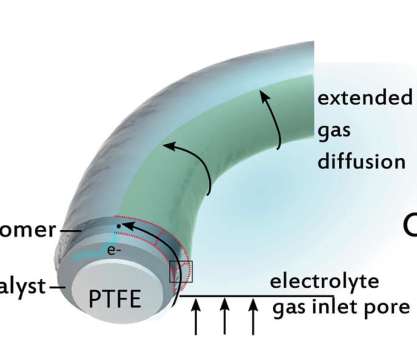




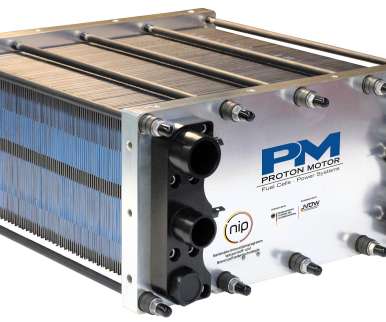


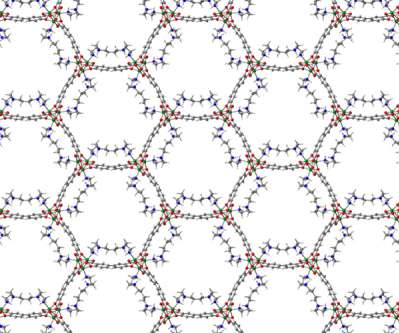




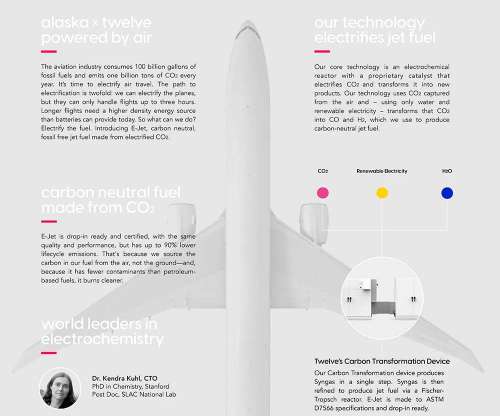

























Let's personalize your content